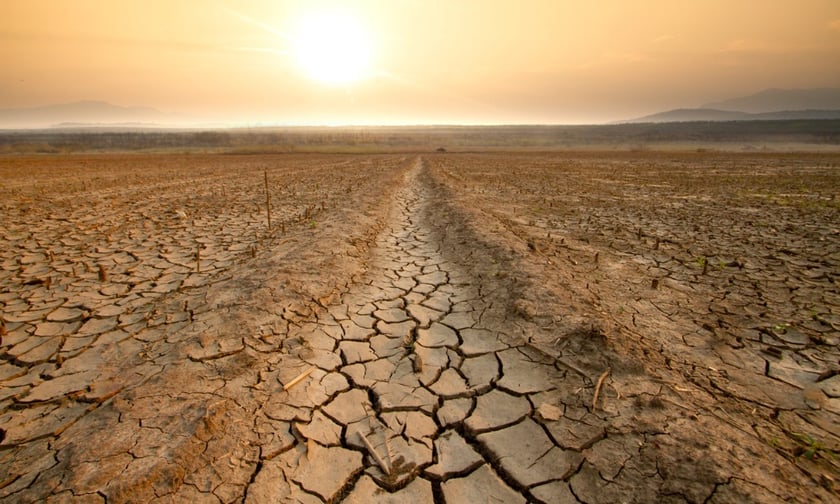

The National Institute of Water and Atmospheric Research (Niwa) has indicated a potential meteorological drought in the interior South Island if the prevailing hot, dry conditions persist.
This assessment was highlighted in the latest Niwa Hotspot Report, which projects very dry soil conditions to affect parts of both the North and South Islands, with an increased risk of meteorological drought in the interior South Island.
Niwa meteorologist Seth Carrier elaborated on the situation, explaining that Niwa has developed three scenarios for the upcoming month, encompassing dry, normal, and wet conditions. According to Carrier, the continuation of dry conditions might lead to a meteorological drought in regions such as South Canterbury and parts of North Otago.
“It doesn’t look like a long, drawn-out thing with no rain for weeks or months,” he said. “Things can change, and it’s certainly something we are keeping an eye on.”
This evolving situation underscores the need for ongoing monitoring and preparedness in the affected regions, especially for insurers and their clients.
After experiencing high temperatures during the past weekend, with Canterbury recording a peak of 34C, the South Island is expected to experience cooler weather this week. Nevertheless, a return to hot and gusty conditions is anticipated later in the week, which could further exacerbate the drying of the eastern South Island, leading to increased soil moisture deficits.
The Niwa report also identifies current hotspots in the North Island, including eastern Northland, coastal Manawatū-Whanganui, and western Wellington. In the South Island, hotspots are noted in far northern Canterbury, interior South Canterbury, and coastal eastern Southland. The report also details abnormally dry conditions in various regions, including parts of Waikato and much of the lower North Island, with Wellington experiencing very dry to extremely dry conditions.
In the South Island, areas experiencing abnormally dry conditions include parts of Tasman, Nelson, Marlborough, Canterbury, Otago, coastal Southland, and Stewart Island. Marlborough, parts of Canterbury, interior Otago, and Stewart Island are facing very dry to extremely dry conditions.
The report further predicts that the current hotspot in Southland may weaken in the next week, while the hotspots in Canterbury are likely to intensify and spread.
What are your thoughts on this story? Please feel free to share your comments below.
